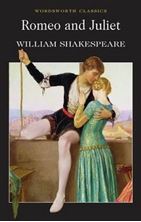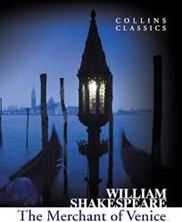Theater
Othello
Pygmalion, Heartbreak House, and Saint Joan
Pygmalion, Heartbreak House, and Saint Joan are widely considered to be three of the most important in the canon of modern British theatre. Pygmalion (1912) was a world-wide smash hit from the time of its première in Vienna 1913 and it has remained popular to this day. Shaw was awarded an Academy Award in 1938 for his screenplay of the film adaptation.
It was, of course, later made into the much-loved musical My Fair Lady. Heartbreak House (1917), which was finally performed in 1920 and published in 1921, bares the hallmarks of European modernism and a formal break from Shaw's previous work. A meditation on the war and the resultant decline in European aristocratic culture, it was perhaps staged too soon after the conflict; indeed, it did not have the success of his earlier works, which was likely due to his experimental aesthetics combined with a war-weary audience that sought lighter fare.
However, while this contemporary reception was muted, it is now recognised as a modernist masterpiece. Saint Joan (1923) marked Shaw's resurrection and apotheosis. The first major work written of Joan of Arc after her canonization (1920), the play interrogates the origins of European nationalism in the post-war era.
Like Pygmalion, it was an immediate world-wide hit and secured Shaw the Nobel Prize for Literature in 1925. Drawing upon the transcripts of Joan's trial, Shaw blended his trademark wit to produce a hybrid genre of comedy and history play. Despite the historical setting, Saint Joan is highly accessible and continues to delight audiences.
Romeo and Juliet
Skylight
The Crucible
The Duchess of Malfi
The Duchess of Padua
The Hour-Glass (prose version)
The Humans
The Merchant of Venice
Filter by:
Clear All











